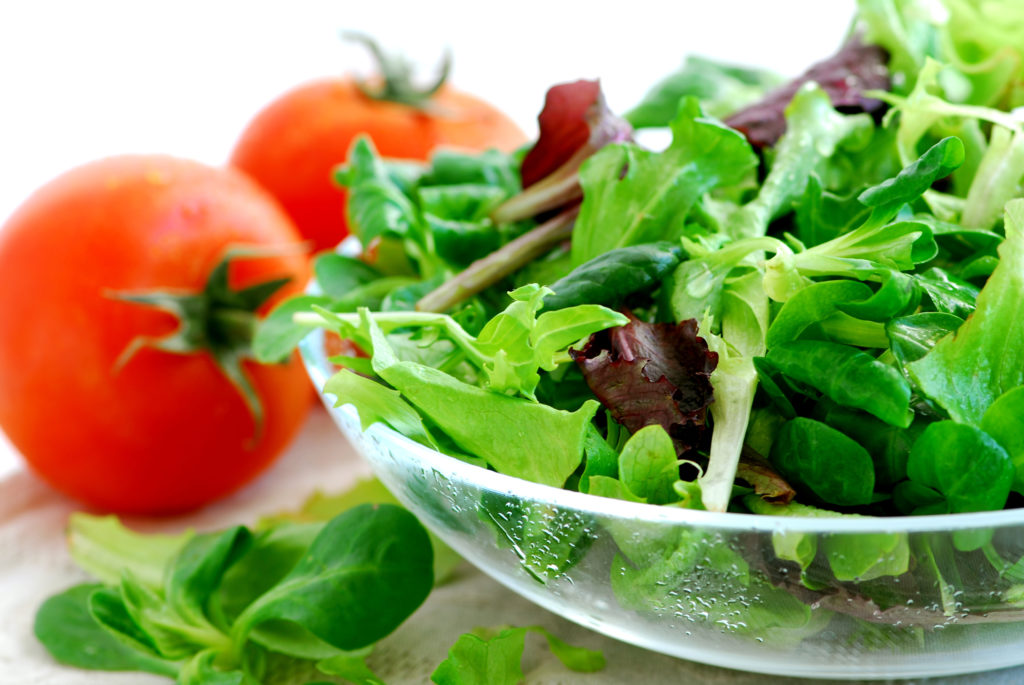Gout Treatment: is a particular form of arthritis that causes recurrent attacks of severe pain at one or more joints. Usually, gout attacks last a few days, then the symptoms disappear for several weeks. All joints are likely affected, but most often, the disease develops first in the one at the base of the big toe. The joint then becomes purplish-red and swollen. An abnormally high level of uric acid in the blood, a condition called hyperuricemia, is causing gout. Uric acid is one of the wastes that the body’s metabolism normally produces (see causes, further on). When there is a surplus, uric acid is gradually deposited in the body in the form of crystals, among others in the joints. These deposits trigger inflammatory reactions. Gout affects close to 2% of adults, especially men. The first crisis occurs typically around the age of 30 to 45 years for men and after menopause for women.
Gout Causes
Here is what happens in the body of an affected person. Uric acid is, in a way, a waste that the body must eliminate. It is the final product of purine degradation. About two-thirds of the purines, eliminated each day come from the dead cells of the body, and one-third of the ingested food. Red meat, and seafood, such as, are very rich in purines. Normally, a certain amount of uric acid is circulating in the blood. However, if uric acid is present in too great a measure, and the kidneys do not succeed in eliminating this excess, its blood concentration increases. The body is then hyperuricemia.
Over the years, excess uric acid deposited in the tissues in the form of crystals of sodium urate. The deposits form in the joints, or elsewhere in the body (under the skin, in the cartilages, in the kidneys, etc.). The white blood cells then try to get rid of them by “eating” them by phagocytosis. As a result, the crystals damage the white blood cells, which triggers a violent inflammation that lasts up to 2 weeks, if left untreated. For reasons unknown, hyperuricemia does not always cause symptoms. In fact, only one-third of people with hyperuricemia have gout. It is estimated that between 5% and 10% of the adult population is hyperuricemia.
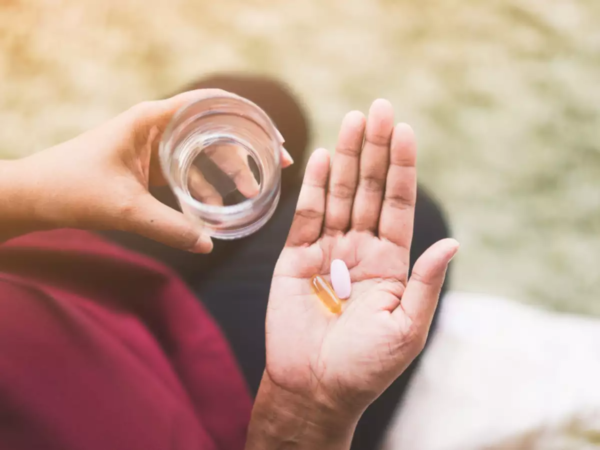
Evolution of the gout
Since gout is better known today and there are several ways of controlling it, the quality of life of those suffering from it has improved greatly. Early diagnosis and treatment can reduce the number of seizures and prevent permanent damage to the joints. In the absence of treatment, the first crisis disappears spontaneously in 1 to 2 weeks. During the first 24 to 36 hours, the pains are intense. The slightest pressure on the joints is unbearable, and it may even be impossible to put on a stocking. On the other hand, if the crisis treated quickly, it lasts from 1 to 2 days. Often, a new crisis triggered from 6 months to 2 years later. Only a small proportion of affected people will have only one attack of gout in their lifetime.
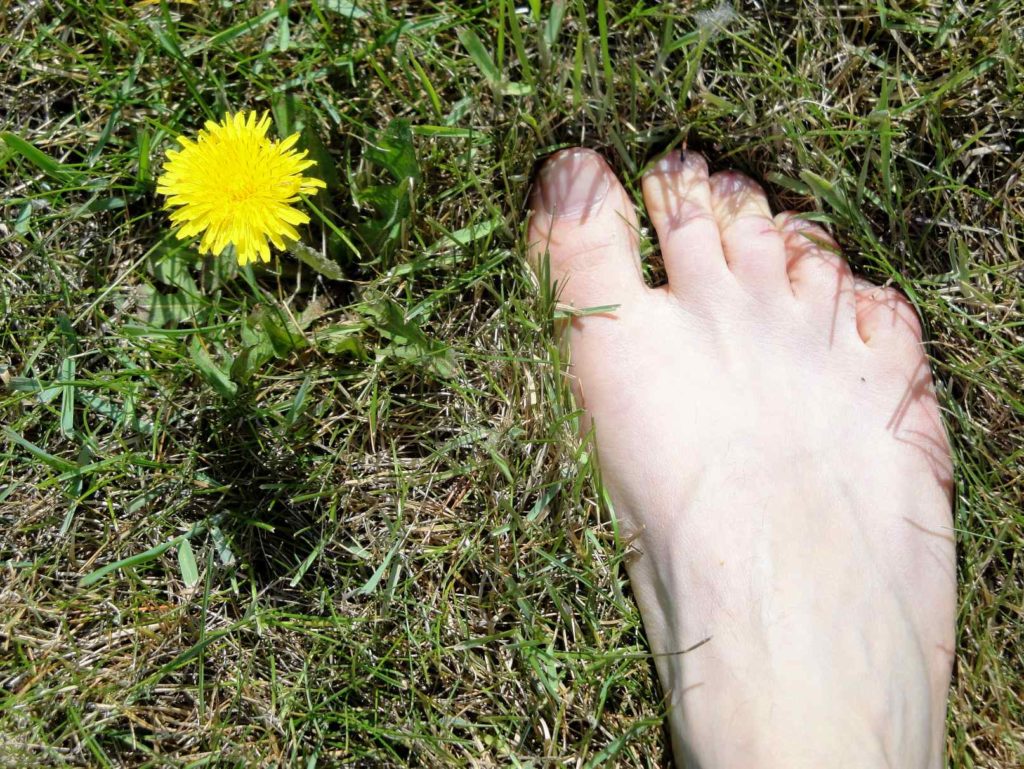
Complications
- This is rare today, but if gout is not treated adequately, the frequency of seizures and the number of affected joints tend to increase over time. Arthritis can then become chronic in several joints (knees, ankles, wrists, elbows, etc.).
- Crystal deposits created under the skin: called tophi (or tophus, in the singular). They appear on the outer edge of the ear, on the elbows, on the fingers, on the toes, and near the Achilles tendon. They can damage the tendons.
- In a case of treatment neglect, excess uric acid can also be deposited in the kidneys, block its normal channels, and cause kidney stones or kidney failure.
Diagnosis
As the case demands, the physician will use one or the other of the following types of a specimen.
- Blood test: a measure of the level of uric acid in the blood (uricemia)
- Urine sample: to evaluate the amount of uric acid excreted by the kidneys
- Puncture of synovial fluid of affected joint: search for crystals of uric acid, to confirm the diagnosis. Uric acid crystals are not detectable by radiological examinations (X-rays or the like) but are visible under a microscope in a synovial fluid sample.
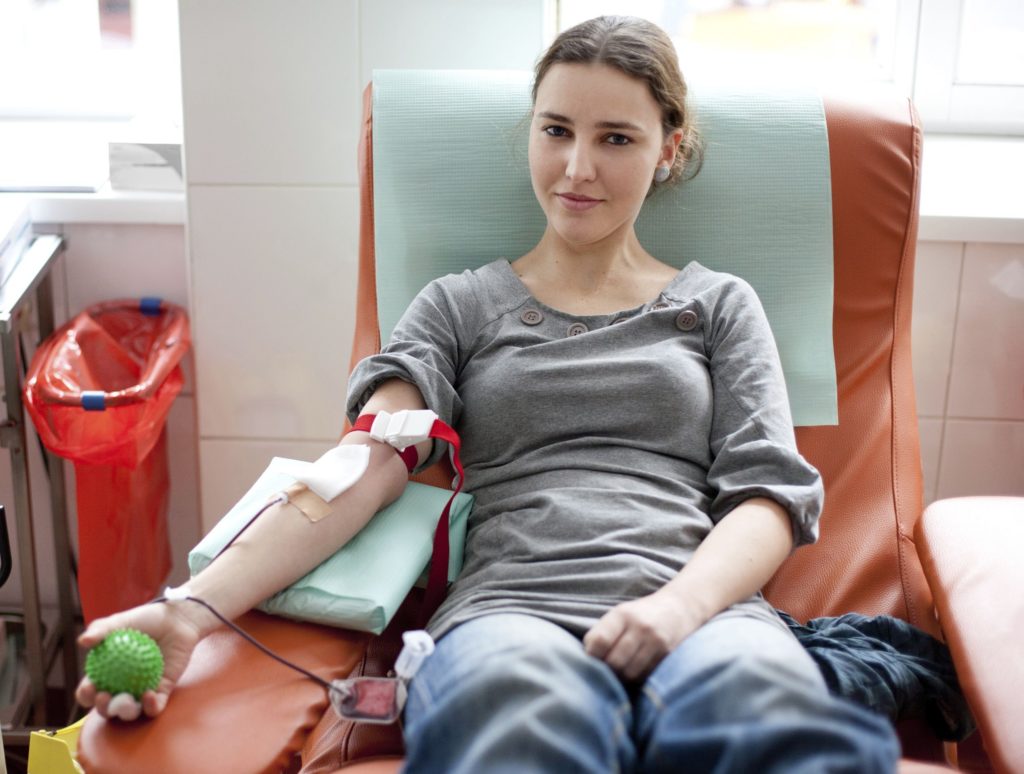
Symptoms, people at risk and risk factors for gout
- A sudden, intense, and pulsating pain happens in a joint. Crises occur mostly at night. The joints at the extremities of the limbs are more sensitive than the others, in particular, because they are colder. Cold may cause the transformation of liquid uric acid into uric acid crystals.
- Swelling and redness of the affected area
- A great cold sensation at the affected joint
- Rarely, generalized joint pain, accompanied by the general malaise, fever (up to 39 ° C) and chills. In this case, report to the hospital as a matter of urgency.
Gout Treatment: People at Risk
First, Men, probably from puberty, their blood uric acid level is naturally higher than that of women.
Second, and on the other hand, at menopause, women have a similar level of uric acid as men, and the gender gap narrows. Before menopause, estrogen hormones activate the removal of uric acid by the kidneys.
Plus, Individuals with any of the following health problems:
- kidney disease (kidney stones, kidney failure);
- hypertension;
- the metabolic syndrome;
- diabetes;
- obesity;
- hypercholesterolemia;
- narrowing of the opening of the arteries (atherosclerosis).
Third, People who take certain medications, such as diuretics and aspirin took regularly at low doses.
Forth, People who have a family history of gout. A hereditary metabolic problem could lead to excessive production of uric acid in the body.
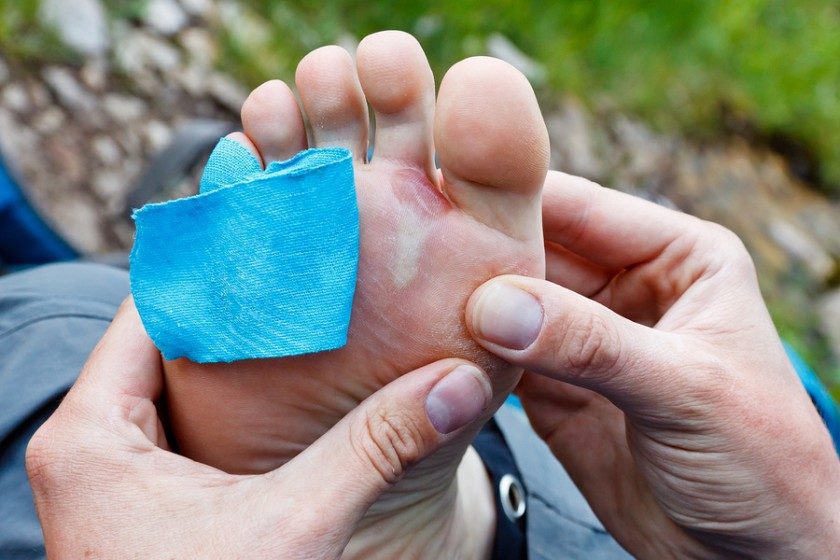
Risk factors
Here are some factors that contribute to increasing uric acid production or decreasing its excretion:
- Excess food, especially protein derived from offal, white and red meat, fish, and seafood.
- Similarly, a caloric intake that consistently exceeds the body’s needs increases the blood level of uric acid.
- Alcohol abuse: half the people who suffer from gout would have bad habits of alcohol consumption. Ethanol increases the production of uric acid (without having any effect on its excretion). Beer is the alcoholic drink that raises uric acid the most.
- Stress: It depletes the antioxidant substances of the body. Free radicals then attack the cells more and precipitate cell death (leading to the formation of uric acid).
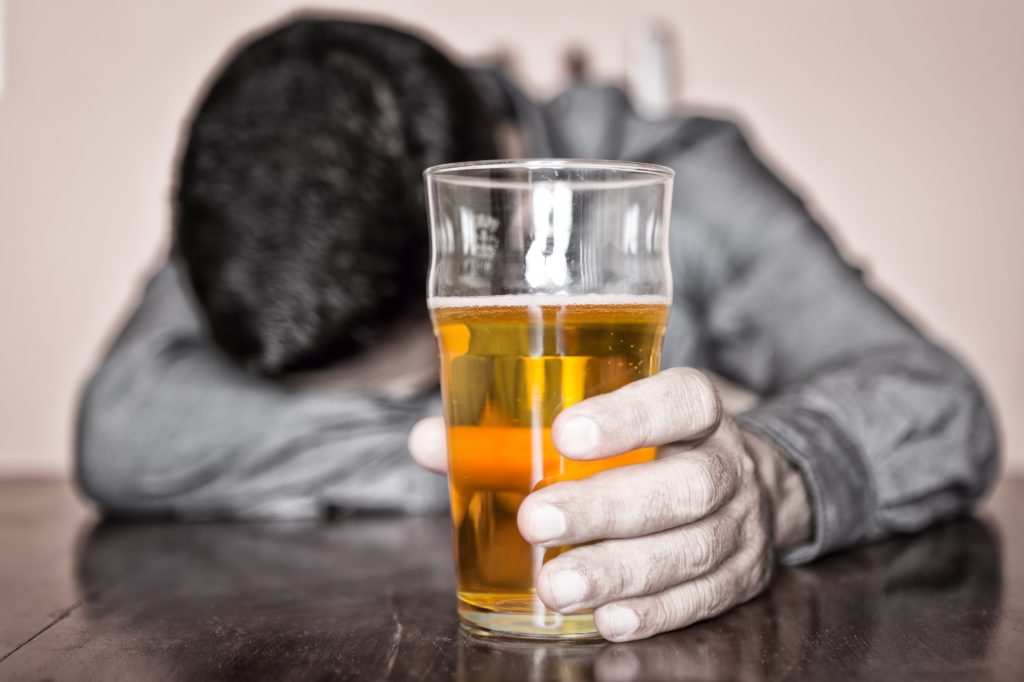
Prevention
These are measures to reduce the risk of recurrence and complications:
- Food
In the past, monitoring diet was the primary means of treating gout. Nowadays, as some drugs reduce the concentration of uric acid in the blood, doctors no longer necessarily restrict their patients to a strict diet. However, foods rich in purines raise blood uric acid levels, and some recommend they are banned during a gout attack (see Medical Treatments section).
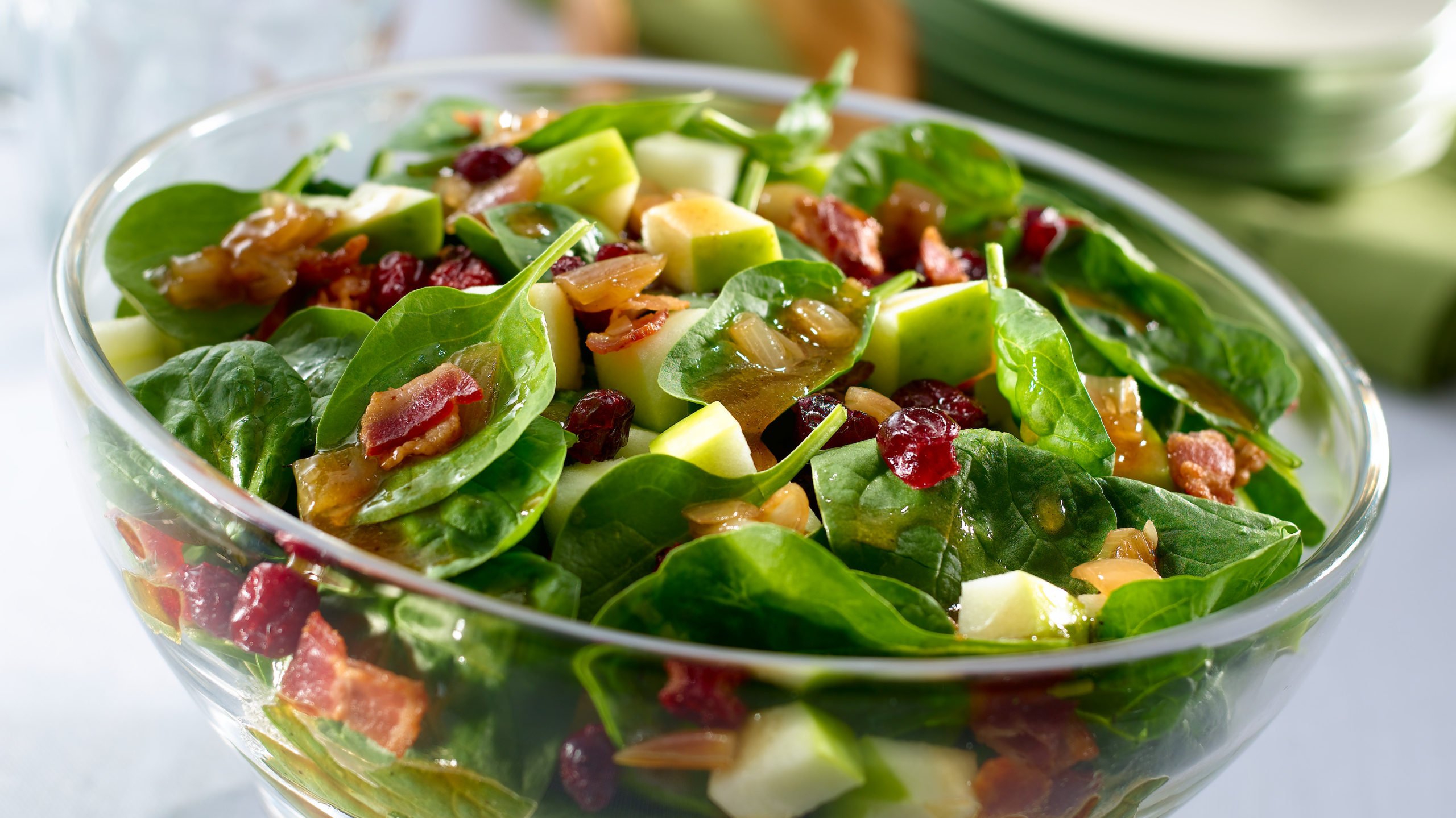
Gout Treatment
Here are the recommendations of the Professional Order of Dietitians of Quebec in terms of diet, which it is advisable to follow between crises or in case of chronic gout.
- Adjust the energy intake according to your needs. If weight loss indicated, ensure that it occurs slowly and gradually. A rapid weight loss (or fasting) reduces the excretion of uric acid by the kidneys.
- Properly divide your intake of protein, fat, and carbohydrate.
- Have a sufficient intake of fruits and vegetables, which have a protective effect against gout (8 to 10 servings per day for men, and 7 to 8 servings per day for women).
- Avoid or limit the ingestion of alcohol. Drink at most one drink per day, and no more than three times a week.
Note. Recommendations vary from one source to another. Some suggest reducing the consumption of beer and spirits, e.g., vodka. Drinking wine moderately (up to 1 or 2 glasses of 5 oz or 150 ml per day) would not increase the risk of gout. The amount of alcohol well tolerated by people with gout can vary. - Drink at least 2 liters of water or drinks (soups, juice, tea, etc.) per day. Water preferred.
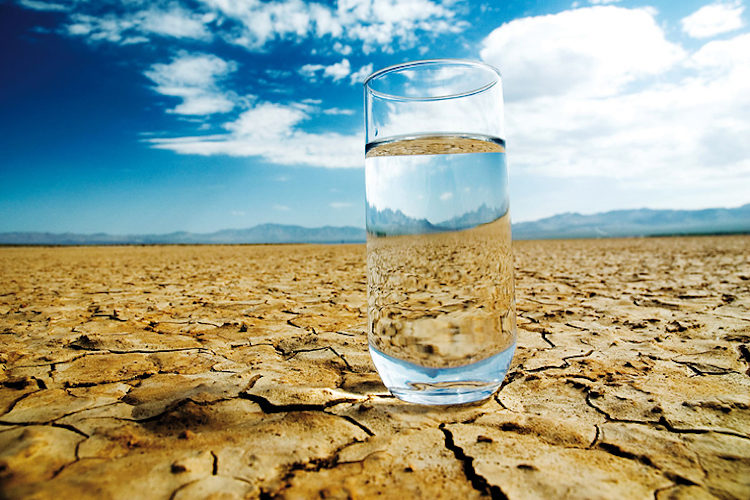
Gout Treatment: What about coffee?
Coffee is not avoided in the case of gout, because it contains negligible amounts of purines. According to epidemiological studies, it appears that the regular consumption of coffee would even have a slight protective effect against this disease.
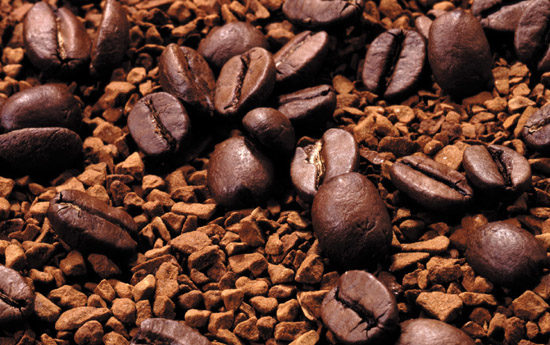
Gout Treatment: A diet rich in vitamin C: beneficial?
The link between dietary intake of vitamin C and uric acid in the blood studied in a group of 1,387 men under the Health Professional Follow-up Study. The higher the intake of vitamin C, the lower the level of uric acid. However, this finding will have to be verified by other studies.
Warning. Ketogenic diets are not recommended for people with gout. This type of diet is particularly low in carbohydrates and high in fat. Ketogenic diets reduce the excretion of uric acid by the kidneys. This is the case of the Atkins diet, for example.
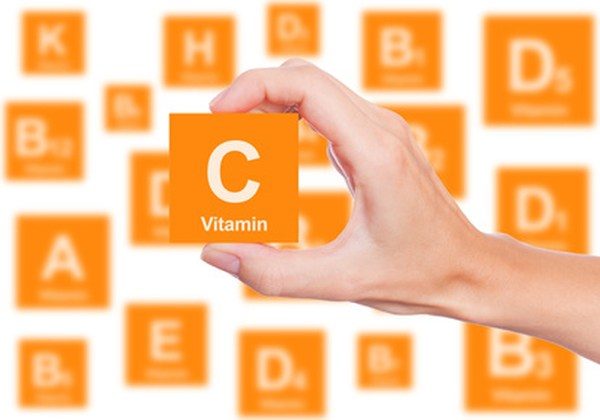
Gout Treatment: Medical treatments
There is no curative treatment for gout at this time. The therapeutic approach acts on two levels. it aims:
- To relieve the symptoms (pain and inflammation) of an acute crisis and to interrupt the crisis thanks to anti-inflammatory agents.
- To prevent recurrences and complications, in the long-term, with drugs lowering the level of uric acid blood.
Medications for Pain Relief and Inflammation
In the event of a seizure, nonsteroidal anti-inflammatory drugs (NSAIDs) prescribed, such as ibuprofen (Advil®, Motrin®) or naproxen (Naprosyn®, Aleve®, Anaprox®). These act quickly. If nonsteroidal anti-inflammatory drugs are ineffective, oral treatment with Colchicine (Colchimax®) may help. This medicine has an anti-inflammatory and pain-killing effect. It was the first used to relieve gout. Taken for a long time, it also reduces the frequency of seizures.
On the other hand, it does not prevent the formation of crystals of uric acid in the joints. The majority of users have nausea, vomiting, diarrhea, and abdominal cramps. These important side effects explain why colchicine is no longer the first drug proposed to relieve pain. If the patient is not relieved by previous treatments, steroidal anti-inflammatory drugs, or corticosteroids, may be prescribed (eg prednisone). They are taken either orally, in tablets, or by injection into the diseased joint.
Warning: Aspirin, a popular anti-inflammatory, contraindicated in cases of gout, as it raises the level of uric acid.
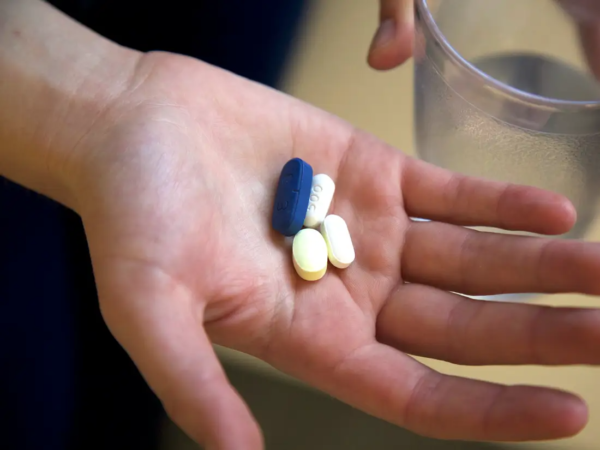
Drugs to prevent recurrences and complications
Medication used to lower uric acid levels to prevent seizures and reduce the risk of kidney problems and permanent joint damage. It works in two ways and gives interesting results.
- Increase the excretion of uric acid. Some drugs act on the kidneys so that the body removes the more uric acid. In addition to decreasing the level of uric acid in the blood, they prevent the deposition of crystals in the joints. The most effective drug is probenecid (Benemid in France, Benuryl in Canada). contraindicated in patients with renal insufficiency or kidney stones.
- Decrease the production of uric acid. Allopurinol (Zyloric® in France, Zyloprim® in Canada) effectively limits the joint damage that can occur in the long-term. A significant decrease in uric acid observed 24 hours after the start of treatment. It continues and reaches a satisfactory level after 2 weeks of treatment. Allopurinol works by inhibiting an enzyme that participates in the synthesis of uric acid.
Do not begin treatment with allopurinol before the complete end of an acute gout attack. Otherwise, the crisis may re-emerge.
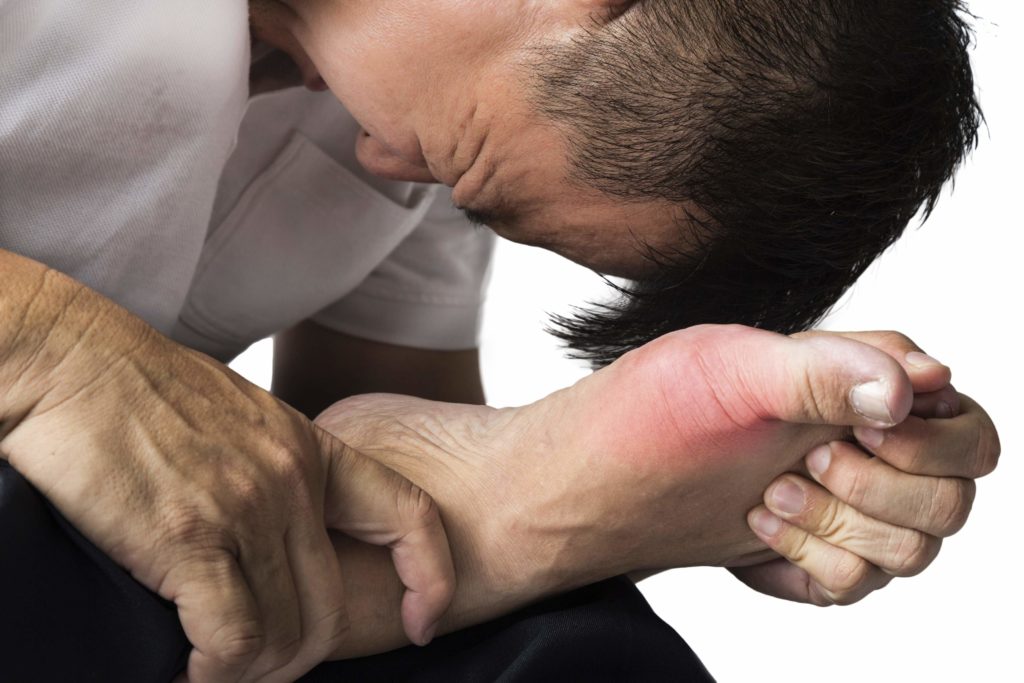
Gout Treatment: Food during a crisis
Here are a few tips:
- Avoid alcohol or limit yourself to 1 glass in a day, and do not exceed 3 drinks per week.
- It is good to restrict the consumption of seafood and fish, which are foods rich in purines, especially if one has noticed that one or the other of these foods has triggered the crisis.
- Do not consume foods high in fat.
- Drink 2 to 3 liters of liquid per day, at least half of which is water.
Other changes in diet vary from one person to another, depending on the state of health. It is better to consult a nutritionist for personal advice.
